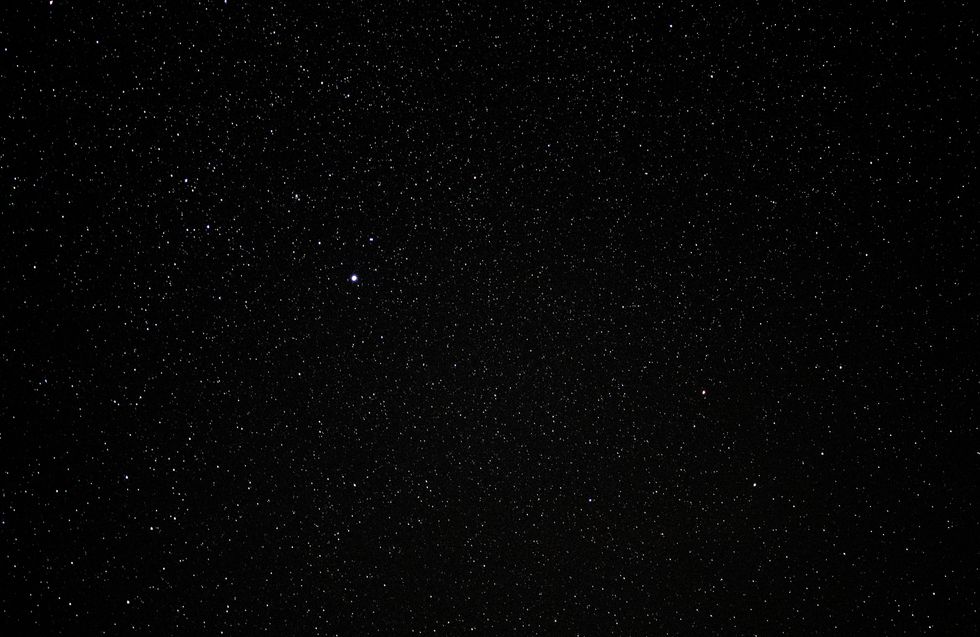What If the Universe is a Loop?
Underknown / VideoElephant
Astronomers have located the universe’s missing matter.
Ordinary matter includes all matter made of atoms — such as stars, planets, gas, and dust. It accounts for about 15 per cent of all the matter in the universe, with the rest made up of dark matter.
For decades, scientists struggled to account for all the ordinary matter predicted by cosmological models. Observations of visible stars, galaxies, and gas clouds revealed only about half of the expected number of ordinary matter. So, where did it all go?
They may now have an answer.
A team of physicists led by Boryana Hadzhiyska from the University of California, Berkeley, found that the matter is there, in the form of diffuse ionized hydrogen. "We think that, once we go farther away from the galaxy, we recover all of the missing gas," said Hadzhiyska.

"To be more accurate, we have to do a careful analysis with simulations, which we haven't done. We want to do a careful job."
Ionized hydrogen can’t be seen with regular telescopes, so scientists turned to a method that uses the oldest light in the universe — the cosmic microwave background (CMB). By examining an effect known as the kinematic Sunyaev-Zel’dovich (kSZ) effect, they were able to detect subtle distortions in the CMB caused by this diffuse gas
The method involved stacking images of millions of galaxies and comparing them with precise measurements of the CMB to reveal the presence of the hidden matter.
“The cosmic microwave background is in the back of everything we see in the universe. It’s the edge of the observable universe,” explained Simone Ferraro, a senior scientist at Lawrence Berkeley National Laboratory and UC Berkeley.
The team essentially used the CMB as a backlight and measure how it changed as it passed through clouds of ionized gas. They found that the gas was much more spread out and fainter than they had thought — extending up to five times farther than astronomers had previously assumed.
The results are being peer reviewed by Physical Review letters.
Why not read...
Two galaxies that neighbour the Milky Way are at war with each other
Space discovery shows the pyramids were built using ingenious method
How to join the indy100's free WhatsApp channel
Sign up for our free Indy100 weekly newsletter
Have your say in our news democracy. Click the upvote icon at the top of the page to help raise this article through the indy100 rankings.
Top 100
The Conversation (0)














